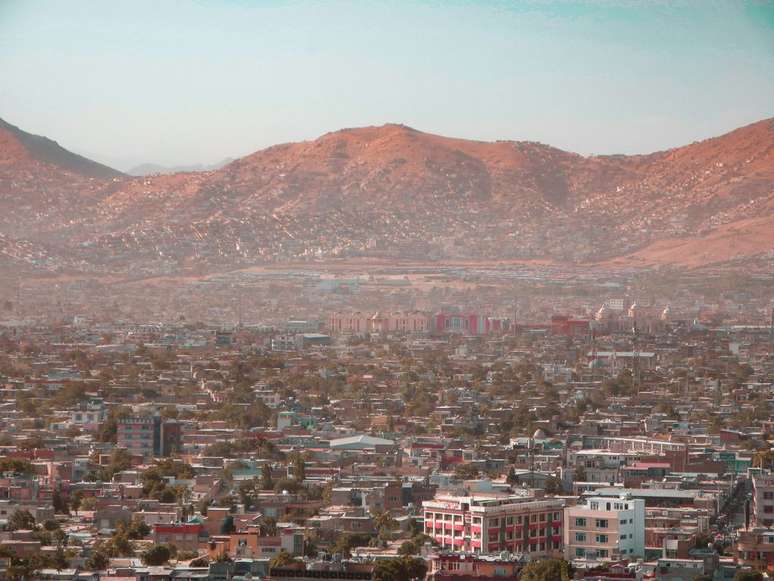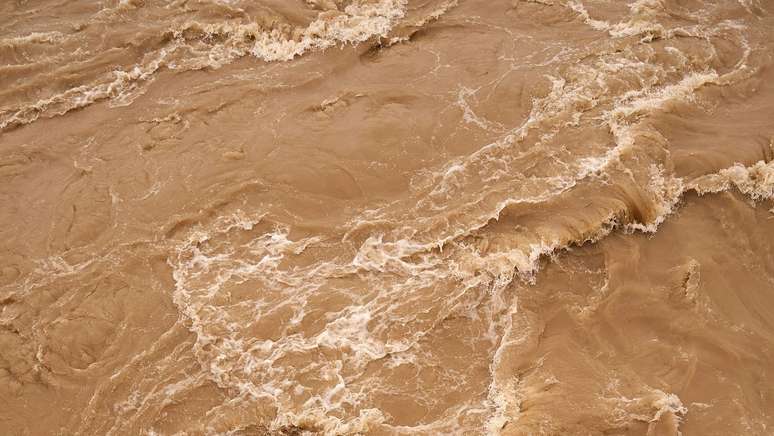Heavy rains in Afghanistan cause floods and floods in the north of the country; local authorities report over 300 dead and 1,600 injured
For beyond Rio Grande do Sul, other places in the world are facing problems related to the floods of the last few days. This is the case in the northernmost region of Afghanistan, where a “flash flood” and flash floods caused the deaths of over 300 people, without allowing the adoption of damage reduction measures.
In total, authorities have identified at least 315 deaths following the floods in Afghanistan. Furthermore, another 1,600 people were injured during the tragedy and are receiving medical treatment. The houses were destroyed and the animals also died.
“We have no food, no drinking water, no shelter, no blankets, nothing,” Muhammad Yahqoob, a resident of the region who lost family members in the floods, told the news agency. Reuters. “The floods destroyed everything,” she reinforces.
Below, see images of the situation faced in the country:
🔴Rupture: devastation flash floods # Afghanistankilling more than 300 people in Baghlan and destroying more than 1000 homes.
This was one of many floods in recent weeks, due to unusually heavy rainfall. WFP is now distributing fortified biscuits to survivors. pic.twitter.com/X4AaBW5TIC
— WFP in Afghanistan (@WFP_Afghanistan) May 11, 2024
It is worth highlighting that, according to the United Nations Children’s Fund (Unicef), Afghanistan is among the 10 countries most vulnerable to climate change and has recorded a increase in extreme weather eventswhich includes the recent floods.
Situation in Afghanistan
“The heavy rains and resulting flooding have destroyed lives and pose a significant risk to children in the affected provinces,” Tajudeen Oyewale, UNICEF Representative in Afghanistan, said in a statement.
“As families cope, it is essential to maintain access to safe water, health and protection services,” adds Oyewale of what is needed now, after the worst of the extreme weather event.

To help the Afghan population after flash floods – essentially, a flood that occurred in a short period of time, in low-lying areas –, Unicef has sent clothes, blankets and hygiene supplies to the region. Doctors have also been mobilized to assist with treatment.
Floods and inundations in the world
Over the past month, incidents of floods and inundations have been reported in several parts of the world, as well as Afghanistan and Brazil – in Rio Grande do Sul. City in China AND Dubai, United Arab Emiratesfaced heavy rains, which caused a trail of destruction.
Among the explanations for these tragedies is climate change. According to various international research, as the average temperature of the planet increases, the possibility of extreme weather events also increases.
This relationship between rising temperatures and natural disasters has also been highlighted by to the conclusions of the Intergovernmental Panel on Climate Change (IPCC)a document developed to guide public policy makers in Brazil.
For example, if temperatures increase by 1.5°C compared to pre-industrial levels, the forecast is that heavy rains – those that cause floods and floods – will occur 1.5 times more often, with an intensity 10.5% greater. This will increase the number of tragedies, such as the one in southern Brazil, but will also have a global effect.
Trends on Canaltech:
- Unrivaled by Google, OpenAI announces GPT-4o and ChatGPT for PC
- The 20 best horror films of the new generation
- What are the dangers of a solar storm?
- GPT-4o | OpenAI launches a new, free and more powerful model
- X-Men ’97 was barred from using this famous comic book mutant
- Samsung Jet 65 Pet Review | Powerful and portable upright vacuum cleaner
Source: Terra
Rose James is a Gossipify movie and series reviewer known for her in-depth analysis and unique perspective on the latest releases. With a background in film studies, she provides engaging and informative reviews, and keeps readers up to date with industry trends and emerging talents.







